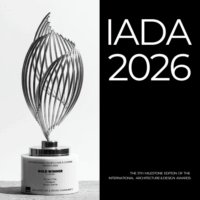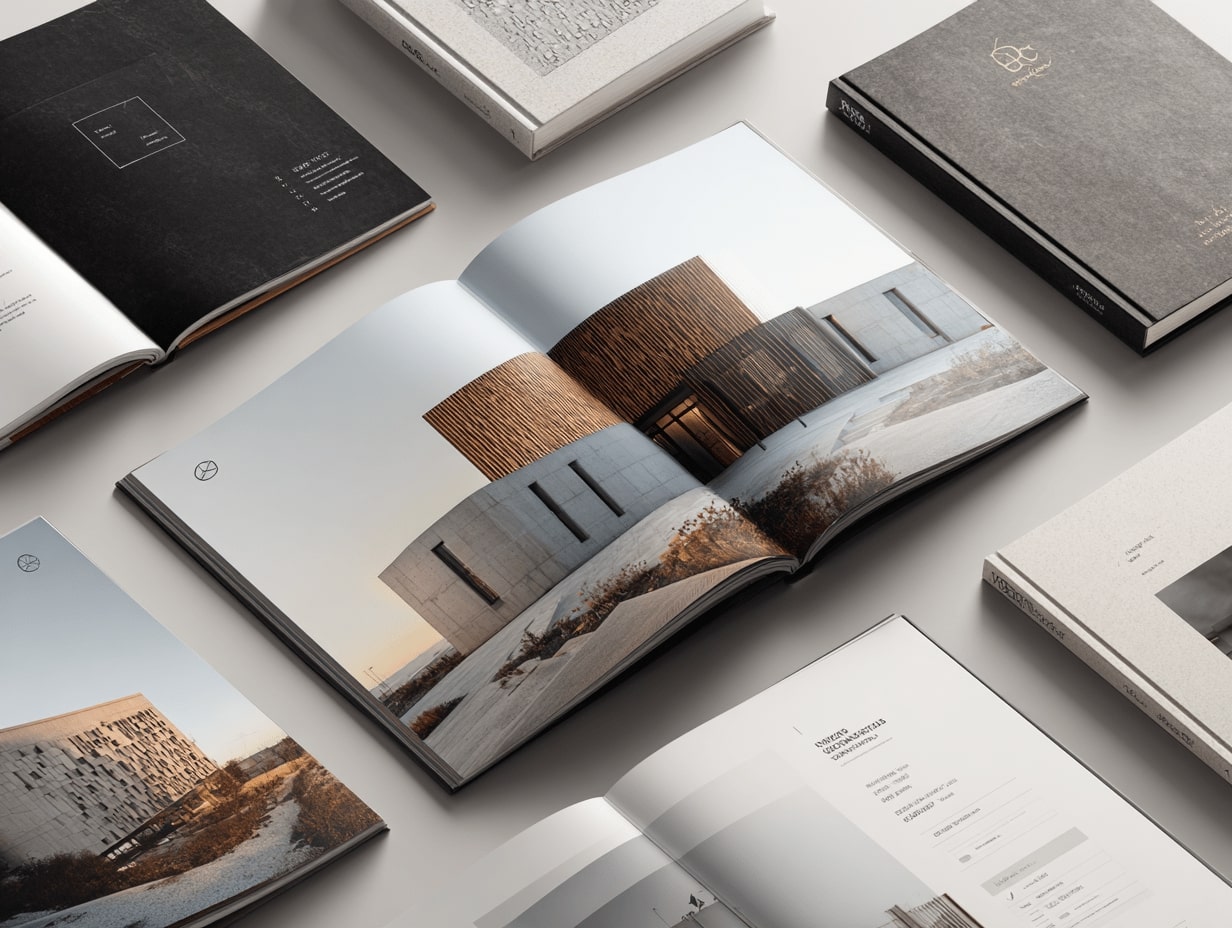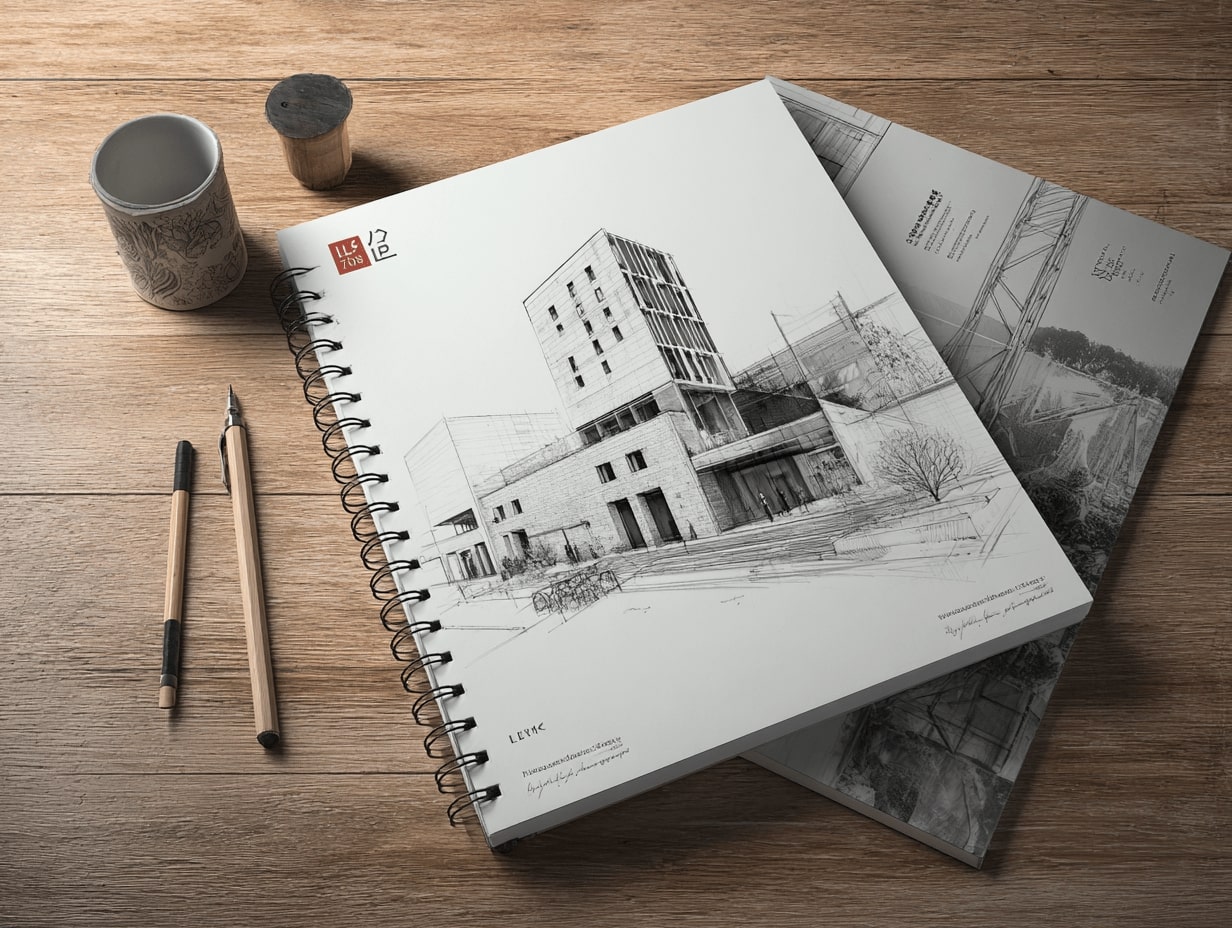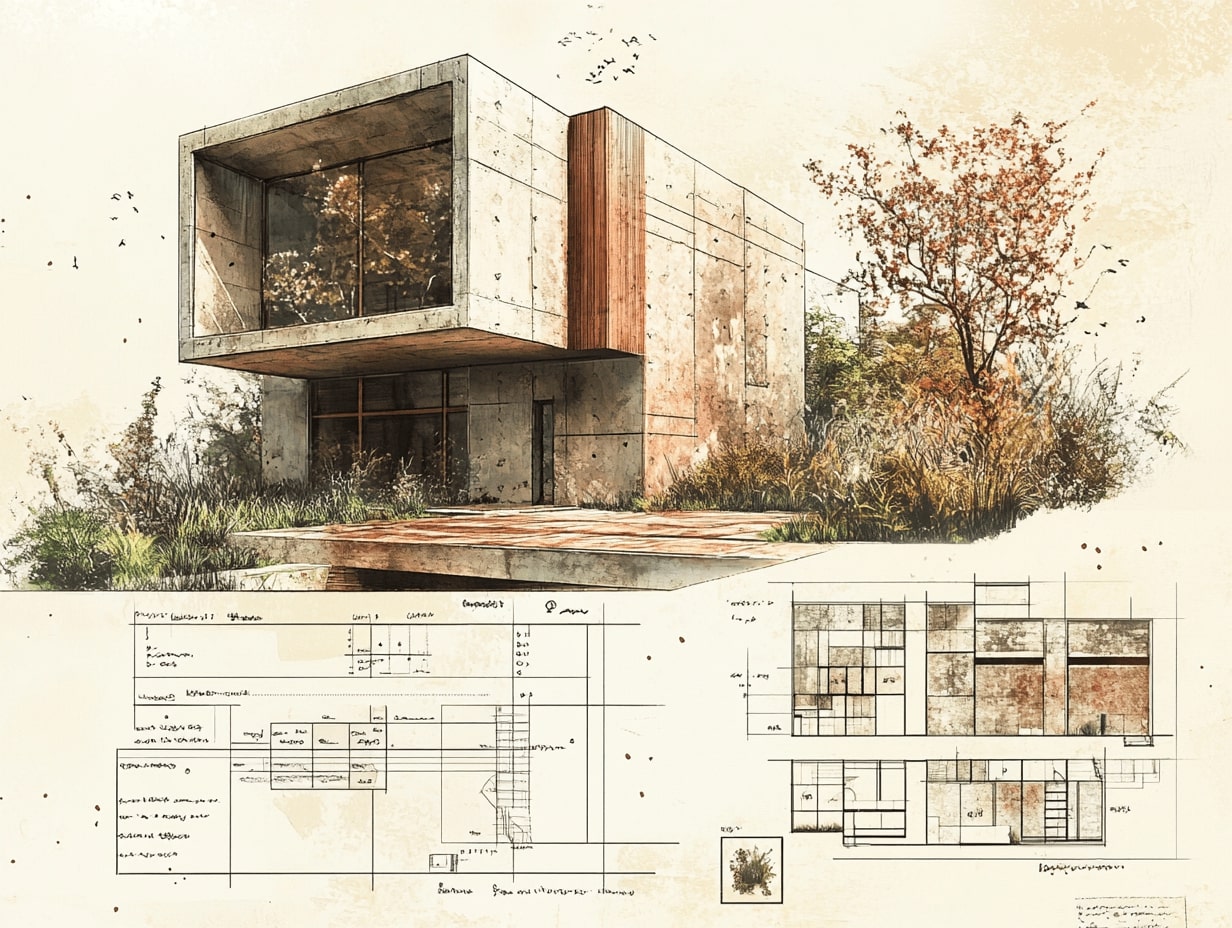- Home
- Articles
- Architectural Portfolio
- Architectral Presentation
- Inspirational Stories
- Architecture News
- Visualization
- BIM Industry
- Facade Design
- Parametric Design
- Career
- Landscape Architecture
- Construction
- Artificial Intelligence
- Sketching
- Design Softwares
- Diagrams
- Writing
- Architectural Tips
- Sustainability
- Courses
- Concept
- Technology
- History & Heritage
- Future of Architecture
- Guides & How-To
- Art & Culture
- Projects
- Interior Design
- Competitions
- Jobs
- Store
- Tools
- More
- Home
- Articles
- Architectural Portfolio
- Architectral Presentation
- Inspirational Stories
- Architecture News
- Visualization
- BIM Industry
- Facade Design
- Parametric Design
- Career
- Landscape Architecture
- Construction
- Artificial Intelligence
- Sketching
- Design Softwares
- Diagrams
- Writing
- Architectural Tips
- Sustainability
- Courses
- Concept
- Technology
- History & Heritage
- Future of Architecture
- Guides & How-To
- Art & Culture
- Projects
- Interior Design
- Competitions
- Jobs
- Store
- Tools
- More
Digital vs Physical Architectural Portfolios: A Detailed Comparison Guide

In the ever-evolving world of architecture, the choice between digital and physical portfolios remains a pivotal decision for professionals. While physical portfolios offer a tactile experience and a sense of depth, they can be cumbersome and fragile. On the other hand, digital portfolios provide unparalleled flexibility and reach, allowing us to zoom, pull, and alter high-resolution files with ease.
Context matters significantly when deciding which format to use. Tailoring our portfolio to the audience’s preferences can make a substantial impact, whether we’re pitching to a client or applying for a job. Maintaining consistent branding and quality across both formats ensures that our identity and style shine through, regardless of the medium.
Balancing the strengths of both digital and physical portfolios can give us a competitive edge in the architectural job market. By considering our audience, the nature of our work, and our personal style, we can create a portfolio that best showcases our talent and meets the demands of the modern architectural landscape.
Table of Contents
ToggleOverview of Architectural Portfolios
Architectural portfolios serve as a crucial tool for showcasing our skills, experiences, and design philosophies. They are essential in demonstrating our unique capabilities to potential employers and clients in the architectural job market. Whether in digital or physical format, portfolios need to be meticulously crafted to effectively communicate our vision and expertise.

Importance in the Architectural Job Market
In the competitive architectural job market, a well-designed portfolio can set us apart. Employers look for portfolios that not only demonstrate technical proficiency but also reflect our creativity and understanding of design principles. Portfolios give insight into our thought process and how we approach design challenges.
More importantly, our portfolios need to tailor to the specific needs of potential employers. Digital portfolios can be dynamically adjusted to highlight relevant projects for different job applications, enhancing our chances of landing interviews. Physical portfolios, on the other hand, offer a tactile experience that can leave a lasting impression during in-person interviews.
A strong portfolio can also showcase our ability to utilize both digital and traditional design tools, a critical skill in the modern architectural landscape. By demonstrating versatility and a comprehensive understanding of both mediums, we can better position ourselves for diverse opportunities in the industry.
Benefits of Digital Architectural Portfolios
Ease of Access and Sharing
Digital architectural portfolios offer unparalleled ease of access and sharing. They can be viewed by anyone, anywhere, at any time, significantly increasing the architect’s visibility. Sending a digital portfolio is as simple as sharing a link, enabling potential clients or employers to view work instantly. This ease of sharing not only expedites communication but also widens the audience reach without geographical limitations.
Cost-Effectiveness and Environmental Impact
Digital portfolios prove to be more cost-effective than physical ones. While creating and maintaining a digital portfolio involves recurring technological costs, these are typically lower than the costs associated with printing, binding, and distributing physical portfolios. From an environmental perspective, digital portfolios reduce paper use, cutting down on the environmental footprint. This sustainable approach aligns well with the growing emphasis on eco-friendly practices in the industry.
Versatility and Multimedia Integration
The versatility of digital portfolios stands out with their ability to integrate various multimedia elements. Digital portfolios can include videos, 3D models, animations, and interactive components, offering a rich and dynamic presentation of projects. These features provide a more immersive experience for the viewer, capturing attention more effectively than traditional static images. Moreover, digital portfolios are easily updated, allowing architects to showcase their latest work without the hassle of re-printing or re-binding, ensuring the portfolio remains current and relevant.

Drawbacks of Digital Architectural Portfolios
Technical Dependencies and Challenges
Digital architectural portfolios, while versatile, rely heavily on technology. We must ensure that our devices and software are up to date to avoid compatibility issues. Many times, an internet connection is mandatory for accessing or sharing the portfolio, which can be a constraint in areas with poor connectivity. A large file size, common with high-resolution images and multimedia elements, can complicate the download and viewing process. For instance, a portfolio consisting of high-resolution images set at 300 DPI can quickly become a substantial file. Therefore, managing and optimizing these files without compromising quality is crucial.
Security Concerns
Security for digital portfolios is another significant consideration. Since these portfolios contain sensitive and proprietary information, ensuring they are protected from unauthorized access is paramount. Sharing projects privately and securely often requires password protection, which can be an additional step but is necessary for maintaining confidentiality. To simplify and strengthen this process, using the best password manager can help generate strong passwords, store them securely, and share access with trusted collaborators. Online platforms, although convenient, also introduce risks related to data breaches and cyber-attacks. It’s important to utilize secure, reputable services when hosting our digital portfolios to safeguard our work. For example, using platforms like Issuu with security features or sharing files via encrypted drives can help mitigate these risks.
Benefits of Physical Architectural Portfolios
The Tactile Impact and First Impressions
Physical portfolios offer a unique tactile experience that digital formats can’t replicate. When presenting a printed portfolio, the weight, texture, and quality of the materials create an immediate sensory connection. This can leave a lasting impression on potential employers or clients, showcasing attention to detail and a strong commitment to craft. Print portfolios provide a tangible sense of presence and gravitas, reinforcing the professional nature of the work enclosed.
Controlled Presentation and Personal Engagement
Presentation control is another benefit of physical portfolios. Unlike digital formats that rely on screens and can be disrupted by technical issues, physical portfolios ensure consistency in how the work is viewed. We can guide the viewer through each project in a planned sequence, emphasizing key design elements and narratives.
Personal engagement is further enhanced when presenting a physical portfolio. The act of turning pages allows for a more interactive experience, fostering a deeper conversation about the work. This face-to-face interaction can build rapport and provide immediate feedback, which is essential in personal interactions like job interviews or client meetings. Moreover, physical presentations avoid potential challenges posed by software or hardware compatibility issues, ensuring the focus remains entirely on the architectural work presented.

Drawbacks of Physical Architectural Portfolios
High Production Costs
Producing a physical architectural portfolio involves significant costs. High-quality printing, binding, and materials can add up quickly, especially if professional-grade paper and covers are chosen. Custom sizes may increase costs further. Additionally, updates require reprinting the entire portfolio, leading to recurring expenses. While physical portfolios offer a tactile experience, the associated expenses can be prohibitive for many architects.
Physical Limitations and Portability Issues
Physical portfolios face challenges with size and weight. Large portfolios can be cumbersome to transport, making them inconvenient for job interviews, client meetings, or conferences. Moreover, physical copies can’t adjust to different viewing conditions, unlike digital formats. If modifications or updates are needed, altering a physical portfolio is time-consuming and inflexible. These limitations reduce the adaptability and convenience essential in today’s fast-paced industry.
Choosing the Right Type for Your Needs
Factors to Consider
When deciding between a digital or physical architectural portfolio, considering several key factors helps ensure the chosen format aligns with specific needs:
- Audience Preferences: Tailor the portfolio to the preferences of potential employers or clients. Some may favor the tactile experience of a physical portfolio while others appreciate the accessibility of a digital format.
- Type of Work: Architectural work with rich multimedia elements, like animations and interactive designs, benefits more from a digital portfolio. Conversely, physical portfolios suit projects where the tactile quality of materials enhances the presentation.
- Update Frequency: Digital portfolios allow for easy updates, making them ideal for those continuously adding new projects. Physical portfolios require more effort to update, which can be challenging for dynamic portfolios.
- Budget: Digital portfolios tend to be more cost-effective, eliminating printing, binding, and shipping costs. However, creating a high-quality digital portfolio may involve expenses related to software and website hosting.
- Presentation Setting: Consider where and how the portfolio will be presented. Digital portfolios are excellent for remote or online presentations, while physical portfolios shine in face-to-face meetings, providing a tangible touch.
Combining Digital and Physical Elements
To leverage the strengths of both formats, many architects combine digital and physical elements in their portfolios:
- Hybrid Approach: Use a physical portfolio for in-person meetings, complementing it with a digital version that can be shared online or through email. This offers the best of both worlds: tactile engagement and easy accessibility.
- QR Codes: Incorporate QR codes within a physical portfolio to link to digital content such as videos, project walkthroughs, or virtual models. This integrates multimedia capabilities into a traditional format.
- Supplementary Materials: Provide sample materials or mockups in a physical portfolio, directing viewers to a digital platform for more in-depth content. This strategy showcases craftsmanship while demonstrating modern digital skills.
- Interactive PDFs: Create interactive PDFs that can be easily printed and presented physically or shared digitally. These ensure consistency while retaining the benefits of both formats.
By evaluating these factors and strategies, architects can create a portfolio that effectively communicates their skills, creativity, and professional identity.

Future Trends in Architectural Portfolios
Hybrid Portfolios and Technological Advancements
Hybrid portfolios blend digital and physical elements, leveraging the strengths of both formats. Technological advancements are playing a significant role in this trend. Virtual reality (VR) and augmented reality (AR) are revolutionizing portfolio design by offering immersive experiences. These tools allow potential employers or clients to virtually step into our designs, providing a more comprehensive understanding of large-scale projects or complex structures.
Software advancements are also facilitating the creation of dynamic and interactive portfolios. Tools like 3D modeling and animation help us present designs in engaging ways. These digital tools can convey the depth and intricacies of our projects more effectively than traditional formats.
The integration of high-resolution images and interactive PDFs enhances the hybrid portfolio model. By embedding QR codes in physical portfolios, viewers can access additional digital content, such as project walkthroughs or behind-the-scenes processes, enriching the overall presentation.
Sustainability is another key trend. As the architectural field increasingly focuses on eco-friendly practices, creating portfolios that reflect this commitment is becoming essential. Digital portfolios reduce the need for physical materials, lowering our carbon footprint and aligning our presentation methods with sustainable values.
Conclusion
Digital portfolios offer lower initial costs but incur higher recurring expenses due to subscription fees and maintenance. Their versatility allows architects to create responsive designs accessible across various devices. However, a certain level of technical skill is necessary to manage digital portfolios effectively.
Physical portfolios, on the other hand, require a substantial upfront investment in materials and printing. Despite this, their long-term costs are generally lower, and they convey a sense of craftsmanship that can be appealing to specific audiences. Physical portfolios also eliminate the need for technical skills or worries about device compatibility.
Considering the type of work, audience, budget, and presentation settings, architects might find a hybrid approach beneficial. Combining digital and physical elements, such as integrating QR codes in print materials, can offer the best of both worlds.
Future trends indicate an increasing adoption of hybrid portfolios, leveraging the advantages of both formats. Innovations like virtual reality (VR) and augmented reality (AR) are transforming how we present designs. High-resolution images and interactive PDFs enhance physical portfolios by adding a digital dimension, creating an enriched viewing experience.
Sustainability is also becoming a critical factor. Reducing the use of physical materials and shifting towards digital portfolios can lower the carbon footprint. This eco-friendly approach aligns with the growing emphasis on sustainable practices within the architecture industry.
Ultimately, the choice between digital and physical portfolios depends on individual preferences and specific needs. By carefully weighing the advantages and disadvantages of each format and considering future trends, architects can create compelling portfolios that effectively showcase their talents and attract potential clients or employers.
- architectural design portfolio tips
- architectural portfolio building
- architectural portfolio layout ideas
- Architectural Portfolio Tips
- architectural project presentation
- architecture portfolio design ideas
- architecture portfolio guide
- architecture project showcase
- best architecture portfolio examples
- effective architecture portfolios
- how to create an architecture portfolio
- online architecture portfolio strategies
- portfolio for architects
- portfolio optimization for architects
- portfolio showcasing techniques
- professional architecture portfolio
- showcasing architectural work
Submit your architectural projects
Follow these steps for submission your project. Submission FormLatest Posts
Digital Marketing: The New Portfolio for Showcasing Skills and Attracting Opportunities
Discover how digital marketing has revolutionized the traditional portfolio in today's fast-paced...
Essential Tips for a Good Architecture Portfolio to Impress Employers and Clients
Unlock your architectural potential with our essential tips for crafting a standout...
How to Stage a House for an Architectural Portfolio Shoot
A house might look beautiful in person, but through a lens? That’s...
The Process Behind a Successful Architecture Portfolio: Tips for Design and Presentation
Discover the art and strategy behind building a standout architecture portfolio. Learn...












Leave a comment